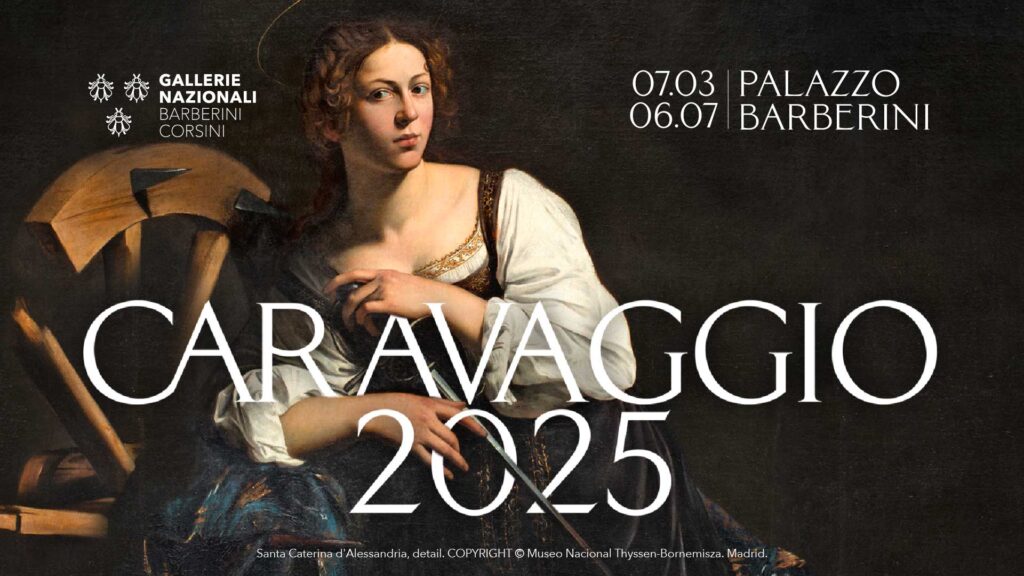Looking for a muse? Check no further. Discover the Best of Art, Culture, History & Beyond!

What is Good Taste in Art?
The question of what constitutes “good taste” in art is as slippery as it is enduring. It lurks in every gallery, every dinner party conversation about an exhibition, every auction where a canvas is declared either priceless or pedestrian. Good taste is that invisible force that shapes our judgments, polices our preferences, and fuels debates among critics, collectors, and everyday viewers alike. But what exactly is it? A matter of innate sensibility? A learned response? A social construct? Or something else entirely?
A Brief History of “Taste” – From Aristocrats to Algorithms
Taste, as a concept, has been theorized for centuries, often dictated by those in positions of power. The 18th-century philosopher David Hume argued that good taste was the domain of refined individuals, those with “delicate” sensibilities sharpened by education and experience. Similarly, Immanuel Kant proposed that aesthetic judgment should be disinterested—meaning it should be free from personal gain, utility, or emotional influence. True taste, in Kantian terms, was a universal quality, something intrinsic to humanity’s higher faculties rather than an arbitrary personal preference.
But history has shown that taste is rarely universal; it is shaped by cultural shifts and social dynamics. In the 19th century, taste was deeply intertwined with class. The bourgeoisie used it as a tool to distinguish themselves from the working class, much like the aristocracy before them. Owning “good art” was a declaration of one’s refinement and education.
Today, taste is both democratized and manipulated by algorithms. Social media platforms like Instagram and Pinterest shape public taste through a never-ending stream of visually appealing content. AI-driven recommendations nudge collectors toward certain artworks, and museums tailor exhibitions to popular demand. Does this suggest that taste is merely a matter of exposure and conditioning rather than an innate sensibility? The debate rages on.

The Psychological View – Are We Born with Good Taste?
Psychologists have long attempted to decipher whether taste is a learned behavior or an inborn trait. Research suggests that certain aesthetic preferences—such as a fondness for symmetry or balanced compositions—may be hardwired into the brain. Studies in neuroaesthetics, a field exploring the intersection of art and neuroscience, show that humans tend to prefer images that exhibit the golden ratio, harmonious color schemes, and familiar forms.
However, much of our aesthetic judgment is shaped by culture and experience. The phenomenon of “mere exposure effect”—the idea that repeated exposure to something increases our liking for it—suggests that taste is partly a matter of conditioning. This is why a once-radical artwork can become beloved over time. Think of how Impressionism, initially dismissed as crude and unfinished, is now considered universally beautiful. Or how avant-garde music that once sounded like noise becomes mesmerizing with repeated listening.
Further complicating the matter, cognitive biases often dictate what we perceive as “good taste.” The halo effect, for instance, makes us more likely to appreciate a painting if we know it was created by a famous artist. Likewise, social proof leads us to believe that something is valuable simply because it is widely praised or expensive. Are we truly forming independent judgments, or are we just following cultural cues?
Who Gets to Decide? Critics, Institutions, and the Market
If taste is so fluid and susceptible to change, who has the authority to define what is “good” in art? Historically, critics and institutions have played a significant role in shaping public perception. Figures like Clement Greenberg championed Abstract Expressionism as the pinnacle of modern art, while institutions like MoMA established entire canons of “good” and “bad” taste.
But the art market also wields immense influence. When a Banksy artwork self-shreds at an auction and doubles in value, is it a statement on the absurdity of art valuation, or does it reinforce the idea that monetary worth equates to artistic merit? Does good taste come with a price tag?
Art history is full of moments where the establishment got it “wrong.” Van Gogh died in poverty because his work was deemed unsellable. The once-ignored Caravaggio is now hailed as a genius. Tastes shift, and what was once dismissed as crude or vulgar is often later enshrined as high art. This raises a crucial question: if good taste is constantly evolving, is it really a meaningful standard at all?

The Eternal Struggle – Personal Taste vs. Cultural Taste
There is a difference between personal taste—the subjective preferences we develop based on our experiences—and cultural taste, which is shaped by collective agreement. Someone might personally enjoy kitschy paintings of velvet Elvises, but cultural consensus may deem them “low art.” Conversely, they might not personally connect with a revered artist like Rothko, but cultural taste dictates that his work is significant.
Navigating this tension is an essential part of engaging with art. Do we accept the verdict of critics and institutions, or do we forge our own paths? Can we trust our instincts when they clash with cultural consensus? And more importantly, does it matter?

The Paradox of Good Taste -A Final Thought
Perhaps the most interesting thing about taste in art is its contradictions. We seek originality, yet we are influenced by trends. We claim to prize authenticity, yet we often defer to authority. We strive for individuality, yet we fear being “wrong” in our judgments. Good taste, then, is less about absolute truth and more about negotiation—a constant interplay between the personal, the cultural, and the historical.
Maybe the true connoisseur is not the one who simply possesses good taste but the one who understands its complexities, who embraces its fluidity rather than clings to rigid definitions. In the end, good taste in art might be less about knowing what is “right” and more about being open to the ever-changing landscape of artistic expression.

This article is published on ArtAddict Galleria, where we explore the intersections of art, history, and culture. Stay tuned for more insights and discoveries!